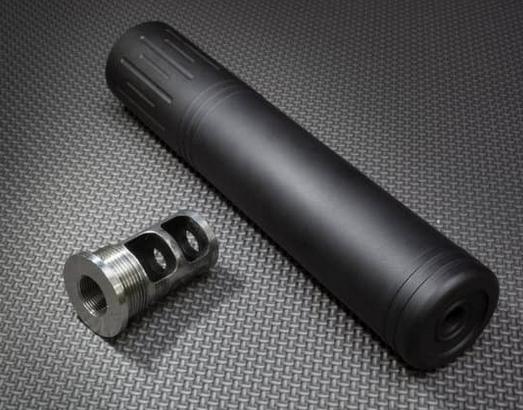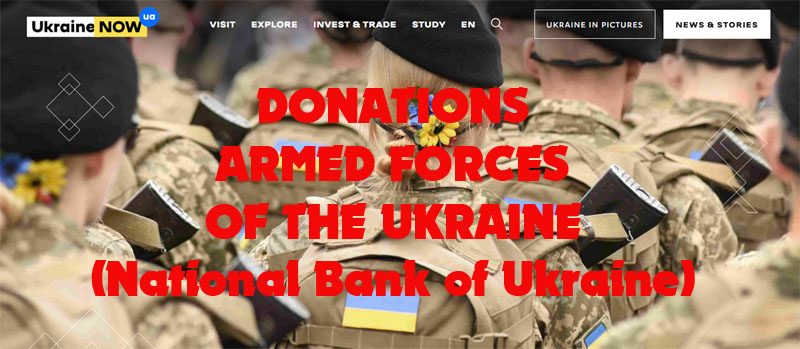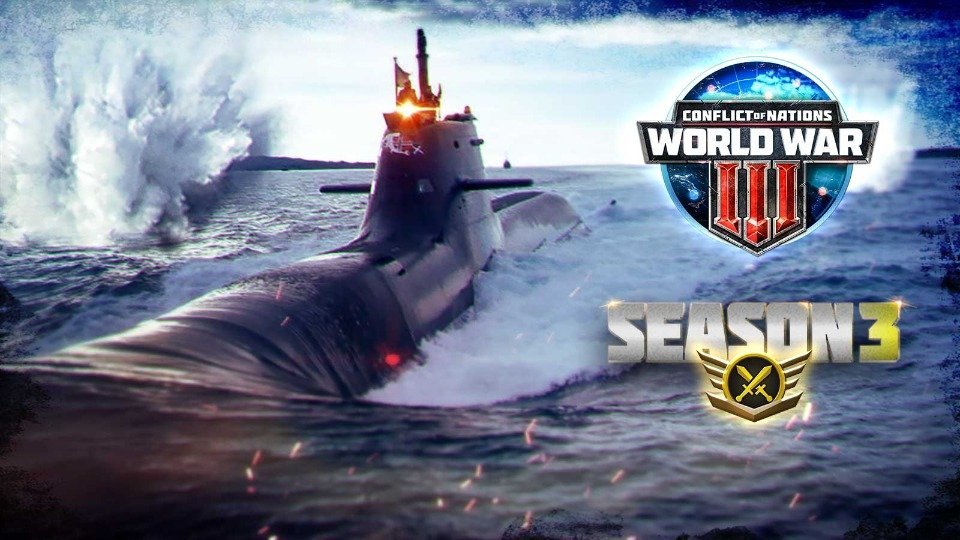The Role of Suppressors and Flash Hiders in WWII Night Operations.
Introduction
Table of Contents
During World War II, the cover of darkness was both a friend and a foe on the battlefield. Night operations presented unique challenges and opportunities, making stealth and surprise essential. Suppressors and flash hiders played a crucial role in keeping soldiers concealed while improving combat effectiveness in low-light conditions. Today, these innovations continue to shape modern firearms and tactical gear. If you’re a collector, enthusiast, or looking for high-quality firearm accessories, ICB Firearms has you covered—visit us today to find the right gear for your needs!
The Importance of Stealth in Night Operations
Night operations required soldiers to navigate and engage the enemy with a reduced risk of detection. The sounds and flashes of gunfire could easily give away positions, compromising missions and endangering lives. Suppressors and flash hiders addressed these challenges by mitigating the noise and visual signatures associated with firing weapons.
Suppressors: Silencing the Battlefield
Suppressors, also known as silencers, are devices attached to the muzzle of a firearm to reduce the noise and muzzle flash produced when a shot is fired. While they do not completely eliminate the sound, they significantly reduce it to levels that are less likely to be detected by the enemy.
Development and Use in WWII
The concept of suppressors dates back to the early 20th century, but their use became more widespread during WWII. The British, in particular, made extensive use of suppressors in their special operations and covert missions. The De Lisle carbine, a highly specialized suppressed rifle, was developed specifically for British commando units. Chambered in .45 ACP, the De Lisle carbine was renowned for its exceptional quietness, making it ideal for stealth missions behind enemy lines.
The U.S. military also employed suppressed firearms during WWII. The M3 “Grease Gun,” an American submachine gun, was sometimes equipped with a suppressor for covert operations. These suppressed weapons allowed soldiers to engage enemy targets without revealing their positions, providing a tactical advantage in night operations and ambush scenarios.
Advantages of Suppressors
Suppressors offered several key advantages in WWII night operations:
- Reduced Noise Signature: By lowering the noise produced when firing, suppressors made it more difficult for the enemy to pinpoint the shooter’s location. This advantage was crucial for maintaining the element of surprise and executing covert missions.
- Improved Communication: The reduced noise levels allowed soldiers to communicate more effectively during engagements. Orders and information could be exchanged without being drowned out by the loud reports of unsuppressed gunfire.
- Enhanced Shooter Comfort: Suppressors mitigated the muzzle blast and recoil, improving shooter comfort and accuracy. This benefit was especially valuable in prolonged engagements and for marksmen who needed to maintain precise aim.
Flash Hiders: Concealing Muzzle Flashes
Flash hiders are devices designed to reduce or eliminate the visible flash produced when a firearm is discharged. This muzzle flash can be a significant giveaway of a shooter’s position, especially in low-light conditions. Flash hiders work by dispersing the burning gases expelled from the barrel, minimizing the flash visible to the enemy.
Development and Use in WWII
Flash hiders were developed and deployed on various firearms during WWII to address the challenges of night combat. The German military, for example, equipped many of their firearms, including the Karabiner 98k and the StG 44, with flash hiders to improve concealment during night operations.
The U.S. military also recognized the importance of flash concealment. The M1 Garand, the standard-issue rifle for American troops, was sometimes fitted with a flash hider to reduce the risk of detection in low-light conditions. Similarly, the Thompson submachine gun and other weapons used by American forces were equipped with flash hiders to enhance their effectiveness in night combat.
Advantages of Flash Hiders
Flash hiders provided several critical benefits in WWII night operations:
- Concealment: By reducing the visibility of the muzzle flash, flash hiders helped soldiers remain concealed during engagements. This advantage was crucial for maintaining the element of surprise and minimizing the risk of enemy counterfire.
- Improved Night Vision: Muzzle flash can temporarily blind the shooter and disrupt night vision. Flash hiders mitigated this effect, allowing soldiers to maintain their vision and effectiveness in low-light conditions.
- Reduced Target Acquisition Time: By minimizing the visual signature of their shots, soldiers equipped with flash hiders made it more challenging for the enemy to locate and target them. This benefit was particularly valuable in dynamic and fast-paced night operations.
Combined Use and Tactical Impact
The combined use of suppressors and flash hiders had a profound impact on the effectiveness of WWII night operations. These devices allowed soldiers to engage the enemy with a higher degree of stealth and surprise, increasing their chances of mission success. Special forces and commando units, in particular, benefited from the tactical advantages provided by these technologies.
Special Operations and Covert Missions
Special operations units, such as the British Commandos and the U.S. Office of Strategic Services (OSS), relied heavily on suppressors and flash hiders for their covert missions. These units conducted raids, sabotage, and reconnaissance behind enemy lines, where stealth was paramount. The ability to eliminate sentries and engage targets without revealing their positions was critical to the success of these operations.
Infantry Engagements
Suppressors and flash hiders were also valuable in conventional infantry engagements. During nighttime assaults and defensive actions, these devices allowed soldiers to fire upon the enemy while minimizing the risk of detection. This capability enhanced the overall effectiveness of night operations and reduced casualties.
Technological Advancements and Legacy
The advancements in suppressor and flash hider technology during WWII laid the groundwork for modern developments in these fields. Today, suppressors and flash hiders are standard equipment for many military and law enforcement units worldwide. The principles and designs developed during the war continue to influence the production and use of these devices.
Modern Suppressors
Modern suppressors have benefited from advancements in materials and manufacturing techniques. They are now lighter, more durable, and more effective at reducing noise and muzzle flash. Military and special forces units use suppressors to enhance their stealth capabilities in a wide range of operations, from urban combat to counter-terrorism missions.
Modern Flash Hiders
Flash hider technology has also evolved, with modern designs offering improved flash reduction and compatibility with various firearms. These devices are now integral components of many assault rifles, sniper rifles, and machine guns, ensuring that soldiers can operate effectively in low-light conditions.
Conclusion
The role of suppressors and flash hiders in WWII night operations was critical to the success of many missions. These devices provided soldiers with the stealth and concealment needed to engage the enemy effectively and maintain the element of surprise. The innovations and tactical advantages gained from suppressors and flash hiders during the war have had a lasting impact on military operations and continue to shape the development of modern firearms technology.
As we look back at the history of WWII and the evolution of these critical devices, it is clear that suppressors and flash hiders played a vital role in enhancing the accuracy and effectiveness of night operations. Their legacy lives on in the advanced technologies and tactics used by today’s armed forces, underscoring the enduring importance of stealth and precision in combat.







